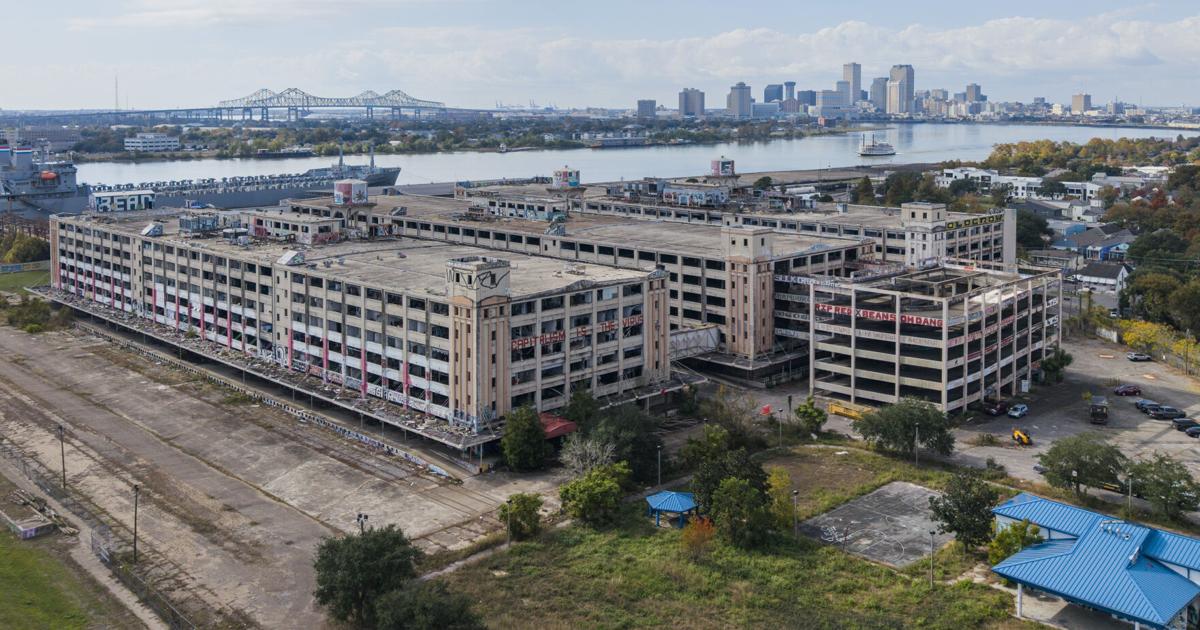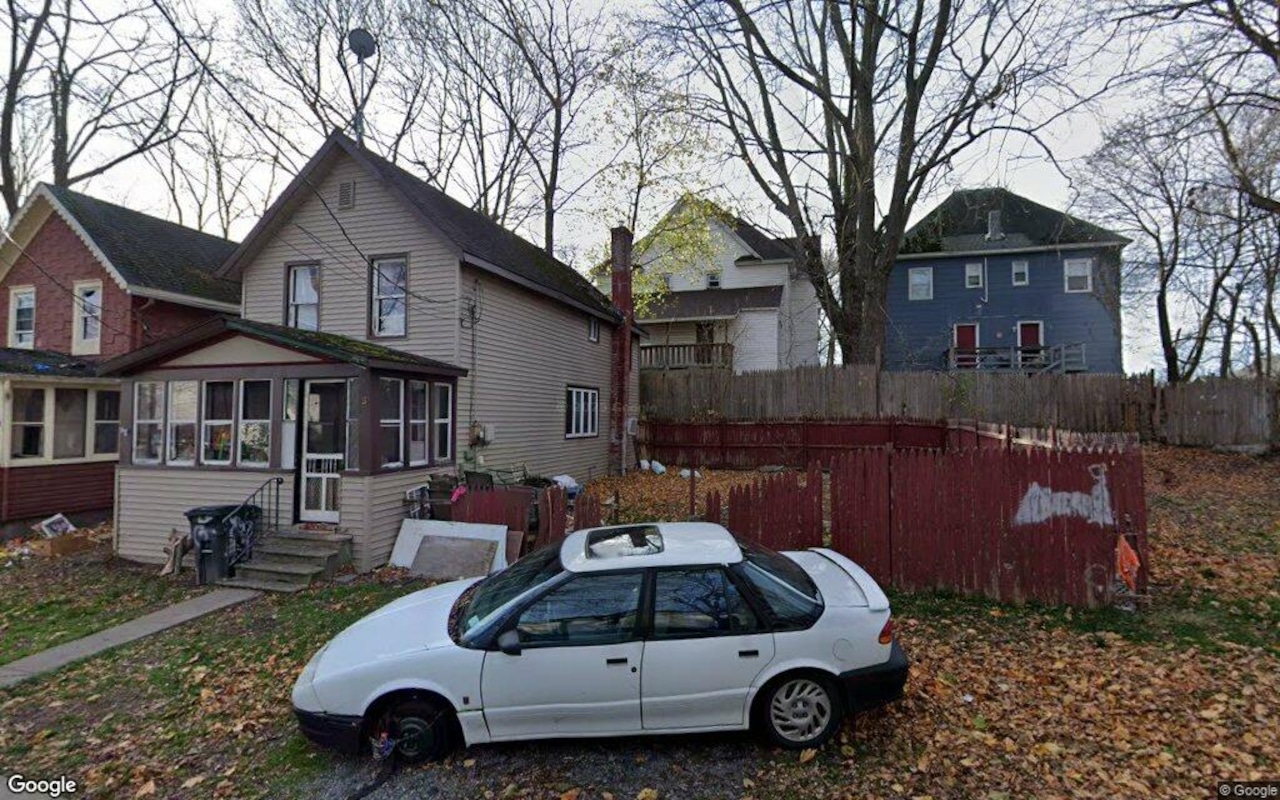T
he U.S. housing market is poised for a major demographic change, says real‑estate analyst Nick Gerli, who warns that by 2033 the nation will have more deaths than births. This forecast comes from a Congressional Budget Office (CBO) report released earlier this year, which projects a slowdown in population growth over the next three decades—an increase of only 0.2 % versus the 0.9 % seen from 1975 to 2024.
For years, the country has struggled with a chronic housing shortage. Inventory has not kept pace with steady or growing demand, especially for younger buyers who face stiff competition from wealthier, older buyers and rising costs that make saving for a down payment difficult. Higher home prices, mortgage rates, property taxes, and insurance premiums are also pushing many Americans to postpone starting families, further depressing birth rates.
Gerli, founder and CEO of Reventure App, argues that the impending demographic shift will permanently reduce demand for homes and increase supply. He explains that a higher death rate and a shrinking baby‑boomer cohort will lower the urgency for young people to buy houses, while more listings will appear as older homeowners exit the market. Freddie Mac estimates that by 2035 there will be about nine million fewer baby‑boomer homeowner households, a change that could drive long‑term price deflation and make homeownership cheaper nationwide.
The impact will be felt across all states, though some will experience it sooner. Florida, for instance, already shows a 4 % decline in births. Fewer children will also alter the types of homes people seek. Gerli notes that large, multi‑bedroom houses—often chosen for family stability—will see reduced demand, while smaller homes could become more attractive. McMansion‑style neighborhoods may struggle under current demographic trends.
On social media, Gerli cautions that many market participants are overlooking this issue, treating it as a distant concern. He urges serious buyers and investors to understand how the demographic decline will affect their local markets.
The CBO report highlights that population growth will slow from an average of 0.4 % per year (2025‑2035) to 0.1 % (2036‑2055). Net immigration will become a key driver of growth; without it, the population would shrink starting in 2033 due to persistently low fertility rates. Gerli acknowledges that future changes are possible and that the demographic “sunset” is not inevitable. He points to the 1940s‑50s baby boom, where fertility surged 56 % over two decades, as a potential, though uncertain, precedent. The current trajectory, however, suggests a continued decline in births.















